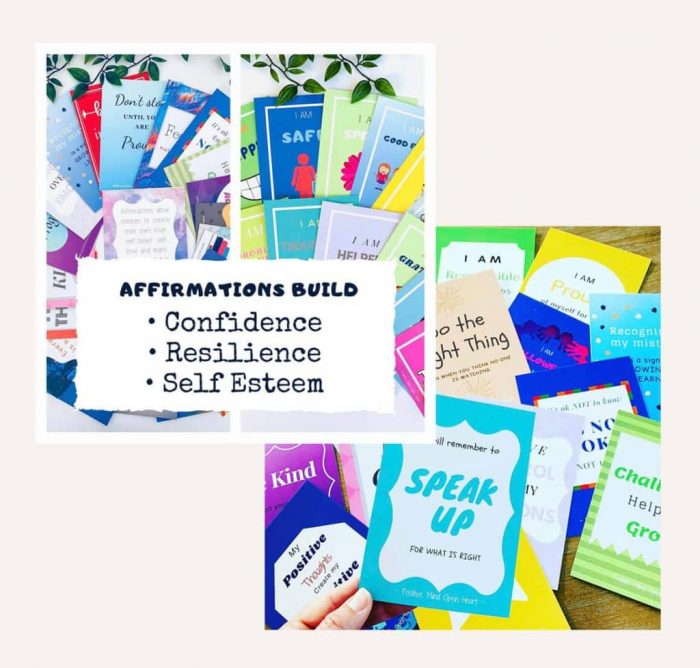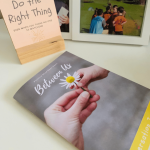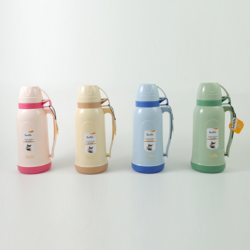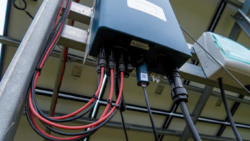Heartful Kids: Nourishing Young Souls with Mindfulness Tools
In our fast-paced and digitally immersive world, mindfulness has become a beacon of tranquillity and balance for people of all ages. And while adults often turn to mindfulness to find solace amidst the chaos, it’s equally vital to introduce mindfulness to children. The journey of nurturing young souls with mindfulness tools for kids is the remarkable endeavour that paves the way for emotionally resilient, focused, and well-balanced individuals. In this blog, we delve into the significance of mindfulness for kids and explore practical tools that can help cultivate a sense of peace and presence in our little ones. Certainly, let’s dive deeper into each section to explore further the concept of nurturing young souls with mindfulness tools:
1. The Essence of Mindfulness for Kids
Mindfulness, often described as being fully present, holds profound importance for children. Teaching kids to tune into the present moment becomes valuable in a world dominated by distractions. For them, mindfulness means stepping away from the whirlwind of thoughts, worries, and activities and simply being aware of their surroundings and emotions. This practice forms the foundation for building emotional intelligence and mental resilience to serve them throughout their lives.
2. The Benefits of Mindfulness for Young Minds
a. Emotional Regulation: Mindfulness tools provide children with a toolkit to manage their emotions. Children learn that emotions are valid and manageable by recognizing and acknowledging their feelings without judgment. This skill empowers them to respond to emotional challenges with a sense of calm and understanding.
b. Improved Focus: Maintaining focus can be challenging for kids in a world of stimuli. Mindfulness exercises enhance their attention span and concentration by focusing on their breath or a specific object. This heightened focus becomes particularly beneficial in academic settings and during activities that require sustained attention.
c. Stress Reduction: Kids, too, encounter stressors—whether it’s school pressure, social interactions, or even changes at home. Mindfulness practices offer them an outlet to release tension and anxiety, promoting emotional well-being and mental clarity.
d. Enhanced Self-Awareness: Mindfulness invites children to explore their inner world. By paying attention to their thoughts and feelings, kids become attuned to their inner landscape. This self-awareness helps them understand their reactions, motivations, and desires, fostering a strong sense of identity and self-acceptance.
e. Better Communication: Mindful listening encourages children to engage in conversations truly. Kids develop meaningful relationships built on active listening and open communication as they become skilled at focusing on the speaker and empathetically understanding their words.
3. Mindfulness Tools Tailored for Kids
a. Mindful Breathing: Breathing exercises are the cornerstone of mindfulness. Teach kids to take slow, deep breaths, emphasizing the sensation of air entering and leaving their bodies. This simple practice anchors them in the present moment and becomes a go-to tool during moments of stress.
b. Guided Imagery: Children possess vivid imaginations that can be harnessed for mindfulness. Guided imagery exercises take them on calming journeys within their minds. They might envision floating on a cloud, exploring a gentle river, or visiting a serene garden, creating a safe mental sanctuary.
c. Mindful Movement: Kids naturally have abundant energy. Channelling this energy into mindful movement—whether through yoga poses or gentle stretches—allows them to experience their bodies in the moment. The focus on breath and movement enhances their body awareness.
d. Five Senses Exploration: Engage their senses through a fun exercise. Ask them to notice five things they can see, four things they can touch, three things they can hear, two things they can smell, and one thing they can taste. This practice helps ground them in their immediate environment.
e. Gratitude Journaling: Foster positivity by encouraging kids to jot down things they’re grateful for daily. This practice shifts their focus toward the positive aspects of their lives, nurturing a resilient and appreciative mindset.
f. Mindful Coloring: Coloring activities can become a mindful endeavour. Teach them to immerse themselves in the colours, strokes, and shapes they create. This creative practice enhances their attention to detail and nurtures a sense of accomplishment.
4. Incorporating Mindfulness into Daily Life
a. Mealtime Mindfulness: Transform mealtime into an opportunity for mindfulness. Encourage kids to eat slowly, savouring each bite and paying attention to their food’s flavours, textures, and aromas. This practice enhances their sensory awareness and fosters Gratitude for nourishment.
b. Mindful Walks: Nature provides a perfect backdrop for mindfulness. During walks, guide them to observe the beauty around them—the rustling leaves, the chirping birds, the warmth of the sun—immersing them in the present moment.
c. Mindful Moments: Teach kids to pause before reacting impulsively. Please encourage them to take a deep breath, giving themselves a moment to respond thoughtfully rather than reactively. This practice instils a sense of control and emotional intelligence.
5. Fostering Mindfulness Through Play
a. Mindful Games: Turn ordinary games into mindful activities. “I Spy” encourages observation, while “Musical Mindfulness” prompts them to close their eyes and focus on different sounds around them. These games make mindfulness enjoyable and accessible.
b. Mindful Art: Creative activities become meditative with mindfulness. Please provide them with colouring books or art supplies and guide them to focus on each stroke, colour, and shape as they create. This transforms art into a form of meditation.
6. Leading by Example
Children learn by example, and cultivating a mindful environment begins with practising mindfulness ourselves. Demonstrating how to manage stress, handle emotions, and, with the aid of Affirmation cards, embrace the present moment naturally influences kids to adopt these practices.
7. Cultivating Mindful Environments
Design spaces that encourage mindfulness. These spaces can be adorned with objects that engage their senses, such as soft cushions, textured fabrics, calming scents, and soothing sounds. These environments become retreats for quiet reflection.
8. Patience and Consistency
Introducing mindfulness to children is a gradual process. Like any skill, it takes time to develop. Approach it with patience and consistently integrate mindfulness practices into their daily routine: gentle guidance and regular practice yield meaningful results.
Conclusion
In a world characterized by rapid change and constant stimulation, gifting children mindfulness tools is an investment in their emotional well-being and personal growth. The journey of nurturing young souls with mindfulness equips them with essential life skills that foster self-awareness, empathy, and resilience. Children learn to anchor themselves in the present moment through mindful breathing, gratitude journaling, and guided imagery, fostering a lifelong connection with their emotions and surroundings. As parents, caregivers, and educators, we hold the power to inspire young minds, nurturing them to become emotionally balanced, compassionate, and empowered individuals who navigate the world with grace and a deep sense of inner peace.





















































